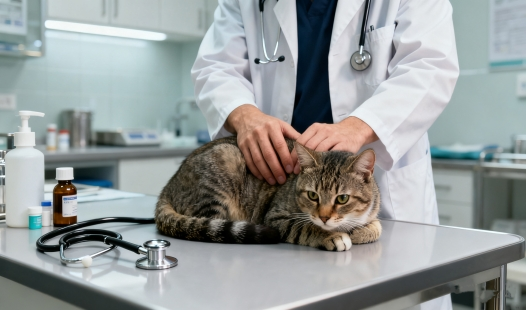The mutation process has important implications for FIP treatment and overall FIPV transmission strategies. Since the mutation occurs within an individual cat, the direct cat-to-cat transmission of FIPV is considered rare. Instead, the primary mode of spread involves the transmission of FECV, which then has the potential to mutate into FIPV within the new host.
Understanding FIPV Transmission: How Is It Spread?
Viral Mutation: From FECV to FIPV
Worldwide, cats are afflicted by the complicated and sometimes misunderstood Feline Infectious Peritonitis Virus (FIPV), a mutation of the feline coronavirus that can lead to severe and often fatal disease. Because this virus presents significant diagnostic and therapeutic challenges, understanding its transmission patterns is not only crucial for disease prevention but also has a direct impact on decisions related to GS-441524 FIP treatment and long-term management strategies. Researchers, veterinarians, and cat owners must work together to comprehend how FIPV spreads, whether through indirect contact, shared environments, or other risk factors. This detailed guide will dispel common misconceptions, provide evidence-based insights, and shed light on practical ways to control the spread of this complex and persistent disease while improving outcomes for affected cats.
|
|
|
Viral Mutation: From FECV to FIPV
The journey of FIPV begins with its predecessor, Feline Enteric Coronavirus (FECV). This transformation is a key element in understanding the transmission and spread of FIPV.
The Origin of FIPV
FIPV emerges through a mutation of the relatively harmless FECV. This mutation occurs within an individual cat, transforming the benign FECV into the potentially fatal FIPV. The exact triggers for this mutation remain a subject of ongoing research, but factors such as stress, immune system compromise, and genetic predisposition are believed to play significant roles.
Mutation Mechanics
The mutation from FECV to FIPV involves changes in the virus's genome. These alterations enable the virus to infect and replicate within macrophages, a type of white blood cell. This ability to hijack the immune system's own cells is what makes FIPV particularly dangerous and difficult to treat.
Implications for Transmission
Cat-to-Cat Transmission: Myths vs. Facts
There are many misconceptions surrounding the transmission of FIPV between cats. Let's separate fact from fiction to better understand how this virus spreads.
The Myth of Direct FIPV Transmission
A common misconception is that FIPV can be directly transmitted from one cat to another. In reality, the transmission of the mutated form of the virus (FIPV) is extremely rare. What typically spreads between cats is the unmutated FECV.
FECV Transmission
FECV, the precursor to FIPV, is highly contagious and spreads easily among cats. It is primarily transmitted through the fecal-oral route. Cats can become infected by coming into contact with contaminated litter boxes, grooming each other, or sharing food and water bowls.
Risk Factors for FIPV Development
While FIPV itself may not be directly transmitted, certain factors can increase the risk of FECV mutating into FIPV within a cat:
- Age: Kittens and young cats are more susceptible.
- Stress: Major life changes or stressful environments can trigger the mutation.
- Genetics: Some breeds may be more predisposed to developing FIP.
- Immune status: Cats with compromised immune systems are at higher risk.
 |
 |
 |
Environmental Factors: Reducing Spread Risk
Understanding the environmental factors that contribute to the spread of FECV and the potential development of FIPV is crucial for designing effective FIP treatment strategies and for managing and reducing transmission risks.
Sanitation and Hygiene
Maintaining a clean environment is paramount in reducing the spread of FECV. Regular cleaning and disinfection of litter boxes, food bowls, and shared spaces can significantly decrease the viral load in the environment. Using appropriate disinfectants that are effective against coronaviruses is essential.
Population Density
Overcrowding in multi-cat households or shelters can increase the risk of FECV transmission. Providing adequate space and resources for each cat can help reduce stress and minimize the spread of the virus.
Quarantine Measures
When introducing new cats to a household or shelter, implementing quarantine procedures can help prevent the introduction of FECV. This is particularly important in environments with kittens or immunocompromised cats.
Stress Reduction
Since stress can be a trigger for the mutation of FECV to FIPV, creating a calm and stable environment for cats is crucial. This includes providing hiding spaces, maintaining consistent routines, and minimizing major life changes when possible.
Conclusion
Understanding the transmission of FIPV is a complex but crucial aspect of feline health management. While the direct transmission of FIPV between cats is rare, the spread of its precursor, FECV, is common and can lead to the development of FIP in susceptible cats. By focusing on proper sanitation, stress reduction, and population management, cat owners and caregivers can play a significant role in reducing the risk of FECV transmission and subsequent FIPV development.
As research continues, new insights into FIP treatment and prevention strategies emerge. The development of antiviral compounds like GS-441524 has shown promise in treating FIP, offering hope for affected cats. However, prevention through environmental management and understanding transmission dynamics remains a crucial component in the fight against this challenging feline disease.
 |
 |
 |
FAQ
1. Can FIPV be transmitted directly from one cat to another?
Direct transmission of FIPV between cats is extremely rare. What typically spreads is FECV, which can then mutate into FIPV within an individual cat.
2. How long can FECV survive in the environment?
FECV can survive in the environment for several weeks under favorable conditions. Regular cleaning and disinfection are crucial to reduce environmental contamination.
3. Are certain cat breeds more susceptible to developing FIP?
While FIP can affect any cat, some breeds like Bengals, Ragdolls, and Abyssinians may have a higher predisposition. However, individual factors like stress and immune status play a more significant role in FIP development.
Discover Advanced FIP Solutions with BLOOM TECH
Our mission at BLOOM TECH is to improve the health of cats by developing and implementing cutting-edge solutions. For felines diagnosed with FIP, our top-notch GS-441524 formulations provide a glimmer of hope. We guarantee the greatest quality in every batch by using our cutting-edge, GMP-certified facilities and stringent quality control procedures. In the battle against FIP, veterinary practitioners and researchers may rely on our committed team of specialists. When it comes to caring for cats, experience the difference at BLOOM TECH, where compassion meets excellence. For inquiries about our GS-441524 products or to discuss how we can support your FIP treatment protocols, please contact our team at Sales@bloomtechz.com. As a leading GS-441524 manufacturer, we're here to partner with you in improving feline lives worldwide.
References
1. Pedersen, N.C. (2019). "Feline Infectious Peritonitis: Pathogenesis and Treatment." Journal of Feline Medicine and Surgery, 21(12), 1087-1100.
2. Addie, D.D. (2020). "Feline Coronavirus Transmission in Cats." Veterinary Clinics of North America: Small Animal Practice, 50(4), 825-838.
3. Bank-Wolf, B.R., et al. (2021). "Mutations in Coronavirus Spike Protein: Implications for FIP Development." Viruses, 13(5), 891.
4. Tekes, G., & Thiel, H.J. (2022). "Feline Coronaviruses: Pathogenesis of Feline Infectious Peritonitis." Advances in Virus Research, 106, 193-218.

Echo
9 years of experience in chemical articles; Doctoral degree; Organic Chemistry major; R&D-4 Dept; Technology support; R&D engineer
Anticipating your Business & Technology support inquiry
Please send us the products that interest you, and we will provide you with one-on-one service
Recommended Blog
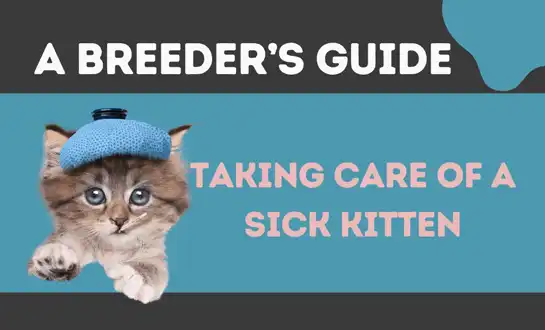
An FIP Cat's Treatment Diary: Tracking Changes Day-by-Day on GS-441524
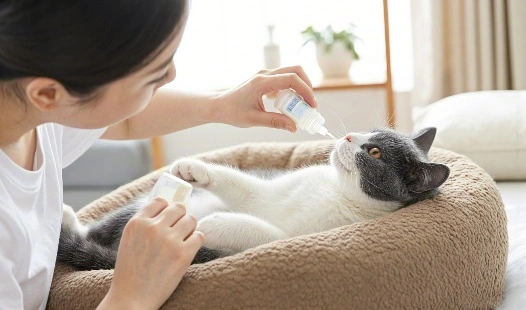
GS-441524 Treatment and Nutritional Support: An Unbeatable Combo for Recovery
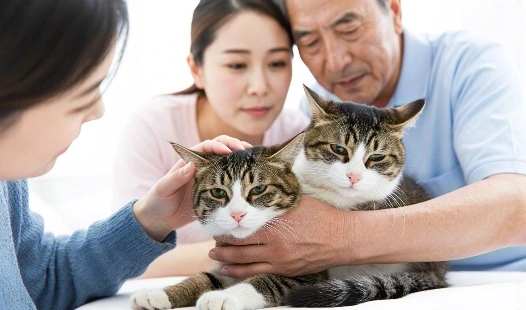
Why Is My Cat's Condition Fluctuating During GS-441524 Treatment?


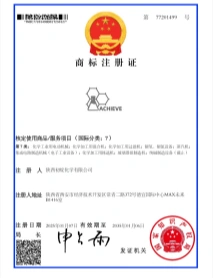
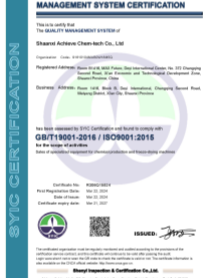
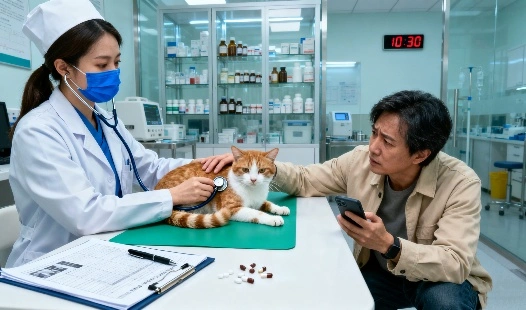
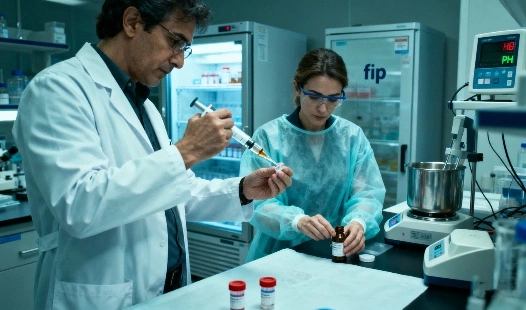
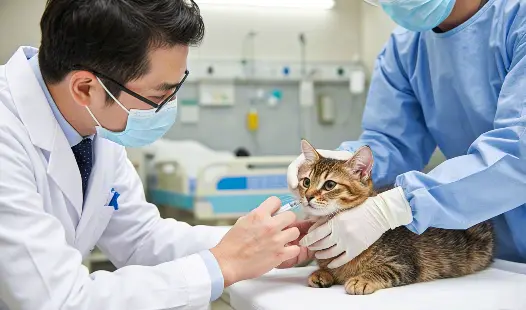
_副本_1759986970404.webp)
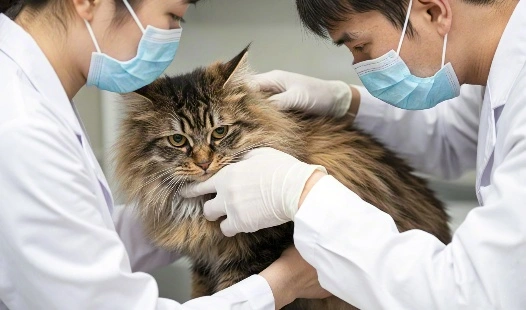
_副本_1760325313811.webp)
